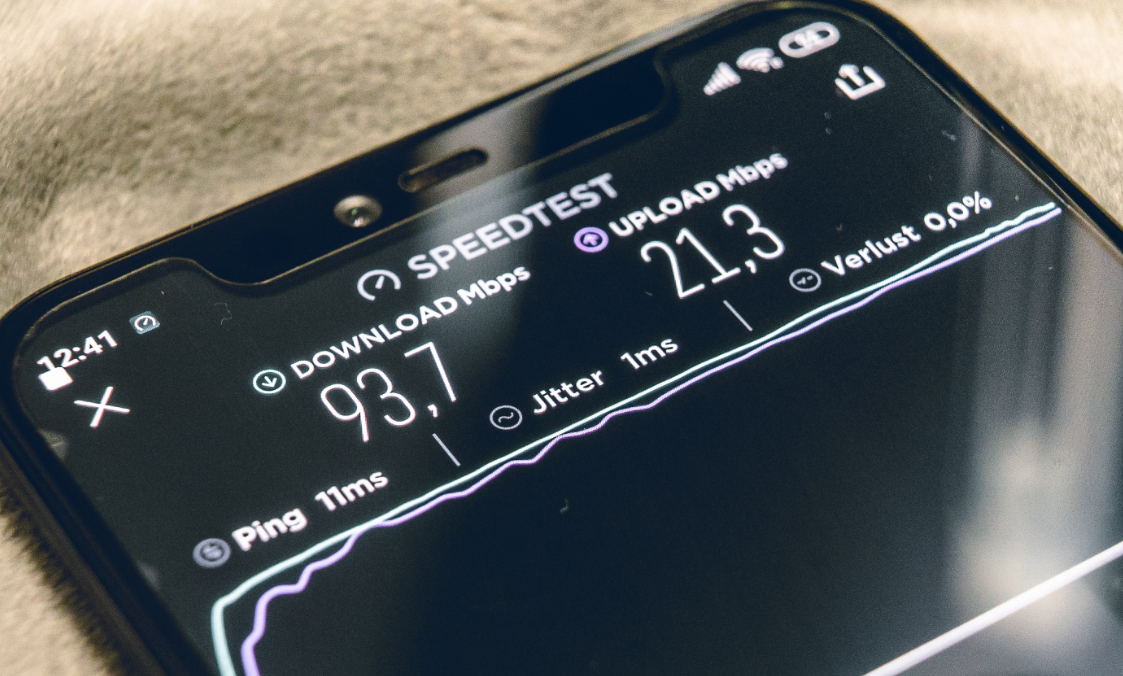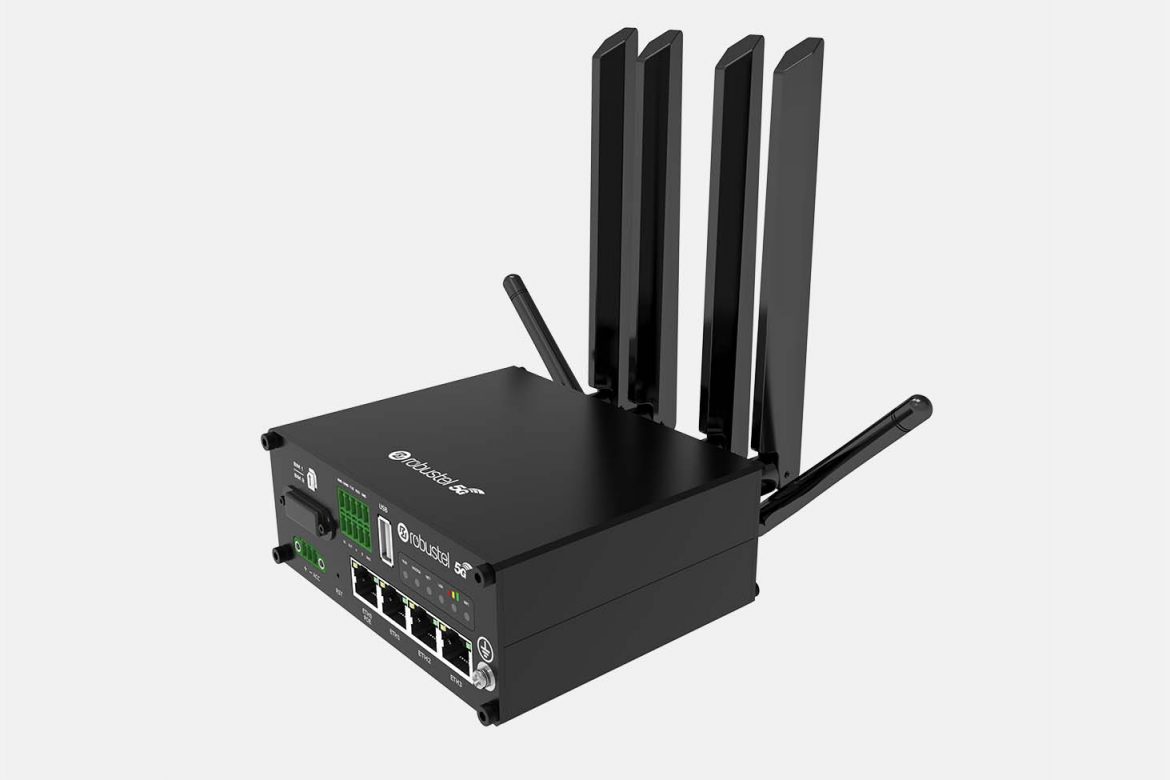There has been much hype surrounding 5G, relentlessly for years. Now as part of a global rollout we see 5G available in most major cities as well as some towns and more rural areas. Soon enough, we’ll be using 5G just as we use 4G as the standard.
But 5G is still new to the wireless scene. And for some, the question is – Do we really need 5G when we’ve got LTE?
Many of us are still depending on long-term evolution technology. Indeed, there are only a few areas in the UK that don’t have any LTE presence.
What is LTE?
LTE was first launched back in 2009, and whilst it took a number of years to become part of our national connectivity fabric, it is still now a standard for wireless communications.
The reason for its staying power is down to its reliability and stability – Leading many wireless users to wonder if they even need to move over to 5G.
What is the difference between 4G LTE and 5G?
It was necessary to identify LTE as an element of the 4G standard as many telecoms companies weren’t actually able to provide 4G speeds due to infrastructure. The regulator ITU-R (International Telegraph Union Radiocommunication) established LTE as a standard to show the progress being made towards true 4G.
The download/upload speeds of a particular standard can be different in theory and in practise. Whilst in theory, 4G LTE can achieve data transfer speeds of up to 150Mbps for downloading content and 50Mbps for upload speeds, in practise is is more likely to be 20Mbps and 10Mbps respectively.
These figures will vary depending on:
- Location
- Network deployment
- Traffic
How does 5G compare to 4G LTE in terms of download speeds?
5G connectivity offers theoretical download speeds of up to 10Gbps. A pretty staggering difference! Of course in practise, it may not reach this, but even real-world examples seem to still be dwarfing the speeds of 4G LTE.
Why does 5G reach higher speeds?
5G uses a different spectrum to 4G – Called mmWave which are high-frequency bands. The higher speeds are mostly reached because these high frequency bands support more bandwidth than the ones that LTE uses. This means that more data can be transferred at once.
5G can also use frequencies above low-band but lower than 6GHz. Despite these not supporting the highest possible speeds, they will still outclass 4G LTE. It’s worth noting that 5G coverage could be further expanded by using connectivity below 6GHz, especially as walls and surfaces can block mmWave frequencies.
Basically, 5G uses a different spectrum to 4G LTE and thus:
- Delivers stronger, faster connections
- Has a higher capacity for traffic
- Has low latency (1ms)
Sounds too good to be true doesn’t it! It’s worth remembering that the rollout of 5G is still in its infancy, and therefore coverage is still limited. Before the big networks like EE, Three and Vodafone can deliver the top scope of what 5G has to offer, more work needs to be done.
So should we be choosing LTE or 5G?
As with most techy things, there are lots of factors, such as:
- Your budget
- Where you’re based
- What your connectivity needs are – Personal or business
The more countries adopt and expand their 5G infrastructure, the more 5G-friendly hardware we will start to see. The best way to know whether to choose LTE or 5G is seeing what is on the market and whether it meets your needs.
You may find that some of the 5G devices available don’t have a 4G alternative. You may also find that they are rather on the pricey side! So definitely shop around.
Of course, the more 5G devices we see on the market, the more we will see the prices start to come down. So the time for adopting 5G over LTE may not be quite yet. Patience could also serve you more of the promises 5G has to offer – The more the 5G coverage continues to expand, the higher the speeds and the more consistent the connection to mmWave networks.
Since 2019, we’ve seen prices start to come down as competition in the market starts to heat up, but 5G is still costly. If you have a big budget then you could just go for it now, but we feel like the overall coverage, packages and prices will continue to rapidly improve. We’re inclined to hold out a bit longer and stick to LTE for the time being.
What about 5G for business?
If your business relies on heavily on connected sensors and other similar IoT networks then 5G may be the network you’ve been waiting for. The bandwidth and low latency that 5G could bring to your business cannot be easily ignored.
Think driverless cars navigation and smart sensors – 5G could well be the communications technology that will enable some great and creative deployments.
What are the health concerns associated with 5G?
With 5G comes questions about whether it could harm our health. Do you remember when mobile phones were beginning to emerge into mainstream use and there was much anxiety about what the radio waves were doing to our health? Mobile telephone has never been without concerns, but 5G seems to have evoked more than its fair share of health worries.
The installation of 5G masts have been banned in multiple UK locations. And it’s not just parts of the UK that are opposed to 5G – Back in 2017 180 scientists from 36 different countries made a public appea to the EU to pause their plans of 5G expansion whilst investigations were carried out looking at the long-term effects on human health.
Whilst both 4G and 5G use radio waves, 5G uses higher frequency waves. It’s these high frequency waves that provide better network capacity and speed.
Studies that have looked into any potential health risks from 5G haven’t seemed to identify any specific danger from 5G.
What is the future for LTE and 5G?
With the rise of 5G comes potentially society-changing connectivity – Like self-driving cars.
But technological advances can be slow if not steady. Whilst there is definitely potential for 5G to take over, it could take considerable time for 5G-enabled devices to really take hold of the market. Even from the likes of Apple!
There is still space for 4G LTE in our networks, and whilst it may be 5G’s predecessor, it’s not going anywhere just yet.
Research from Ericsson suggests that the dominant cellular network technology seen in most regions globally is still 4G LTE. 78% of mobile subscriptions in Western Europe in fact! Just because the 5G rollout is well underway, doesn’t mean that everyone will immediately jump ship and drop 4G LTE. It’s expected that 4G LTE will still be the dominant network even 5 years from now.
By 2026 Western Europe is predicted to be using 5G in 69% of all mobile subscriptions. However, Ericssons findings suggest that even as 5G usage surges, 4G LTE won’t automatically decline. It’s even predicted that 4G LTE availability will grow, with global coverage of 95% by 2026, with 5G only seeing 60% in those 5 years.
There is no denying that 5G is the future for telecoms. But by the time we are all accustomed to using it, 6G might well be on the way! Despite 5G becoming more prevalent as time passes, we still think there’s no need to be abandoning 4G just yet.








